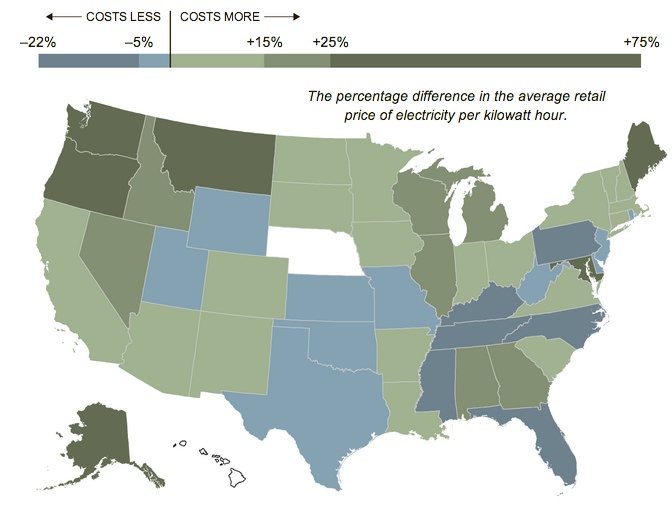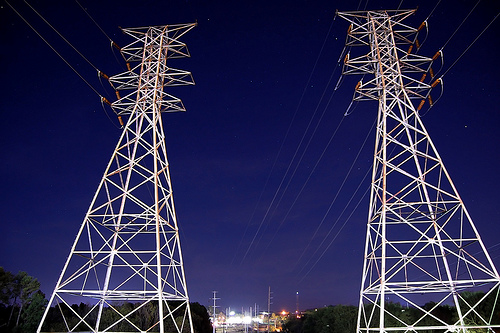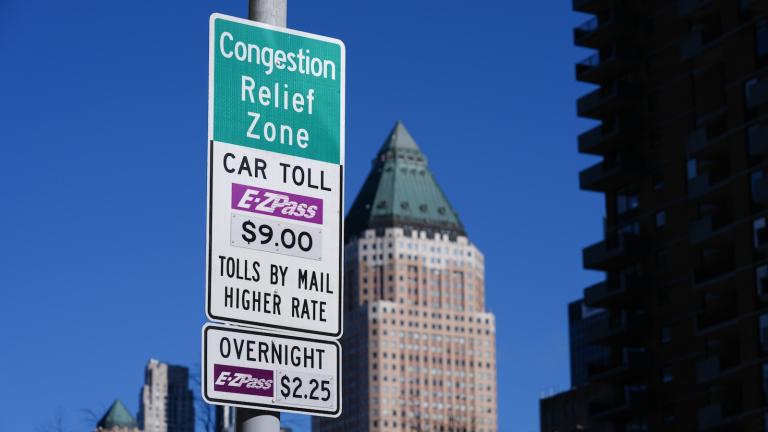Boulder, Colo., wants to dump its investor-owned utility and start up a publicly owned one that’s more in line with the city’s pinko-commie agenda aggressive environmental goals, as Grist’s David Roberts has written about (twice). But even cities and towns without pinko-commie tendencies are looking to switch to municipal utilities in order to lower rates and get faster responses to outages caused by our new extreme weather.
Not everyone agrees, though, that public utilities are better capable of getting their act together in an emergency. The New York Times reports:
In Massachusetts after Hurricane Irene in 2011, for instance, municipal utilities in some of the hardest-hit areas were able to restore power in one or two days, while investor-owned companies like NStar and National Grid took roughly a week for some customers. According to an advocacy group called Massachusetts Alliance for Municipal Electric Choice, government-owned utilities on average employ more linemen per 10,000 customers than the private companies. …
But supporters of investor-owned utilities say that restoration speeds vary among government-owned and private utilities. The large electric companies, they say, are often in a better position to muster resources after storms like Sandy and Irene because they can call on extra staff from other companies and regions.
“Very few utilities can really maintain the full complement of crews and equipment that they may need — it’s not economic,” said James P. Fama, vice president of energy delivery at the Edison Electric Institute, which represents private utilities. “Municipal budgets are under pressure, just as investor-owned utility budgets are under pressure because state commissions are hesitant to pass through rate increases.” …
[I]n New York, where the Long Island Power Authority was harshly criticized for its failures after Hurricane Sandy, a commission handpicked by Gov. Andrew M. Cuomo recommended privatizing the public authority, created under his father, former Gov. Mario M. Cuomo, as a successor to the Long Island Lighting Company and its Shoreham nuclear plant.
But the push for local utility control is spreading nonetheless. Even if folks aren’t worried about monster storms, they’re concerned about big bills. This New York Times map shows how much more or less private utilities cost than public utilities. In most of the country, the private utilities charge higher rates. (Hawaii is apparently frolicking in the sunshine off the grid. Who knows what Nebraska is doing.)

The New York TimesClick to embiggen.
When it comes to superstorm stability, though, the solution may be less in the ownership and more in the tech. Your repair-people are nice, municipal utility, but hyperlocal and supercute microgrids could isolate problems from the start. Uh-oh, does that make them job killers? Well, at least your power might be cheaper …



